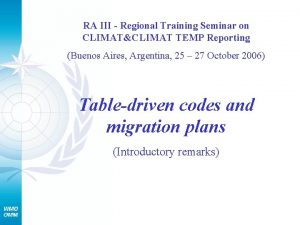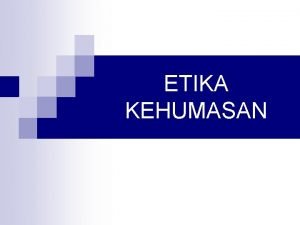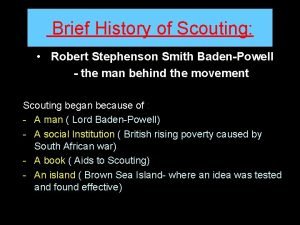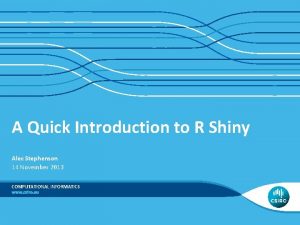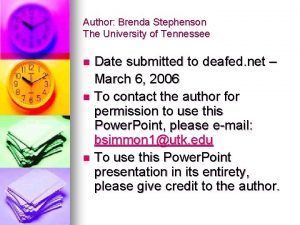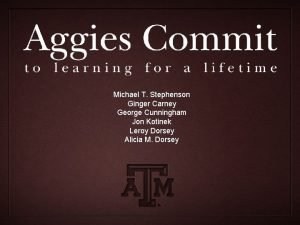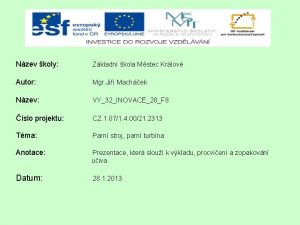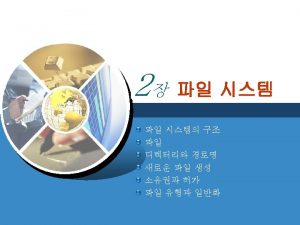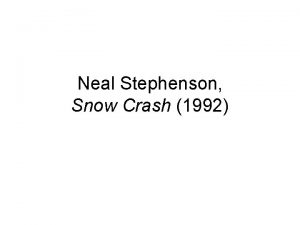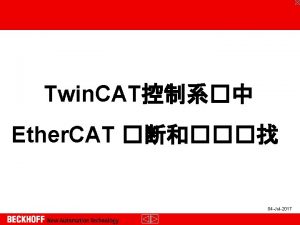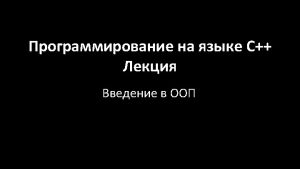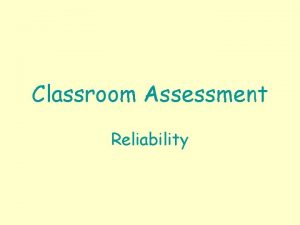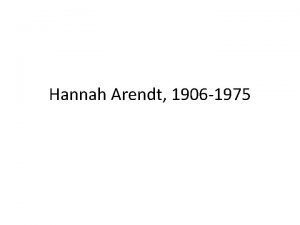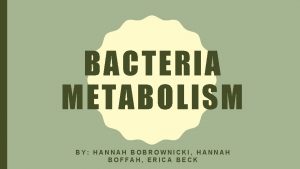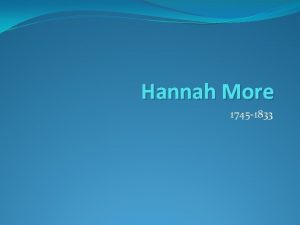Classroom Assessment Techniques CAT Hannah Stephenson Outline Classroom













- Slides: 13

Classroom Assessment Techniques (CAT) Hannah Stephenson

Outline � Classroom Assessment Techniques (CAT) � Suggested Guidelines � Basic Characteristics of CAT � How do CAT’s improve teaching and learning?

What is CAT? � Classroom Assessment Techniques are a “mechanism for collecting information about the progress of students in specific learning activities and about how they respond to particular teaching strategies” (Angelo and Cross, 1993) � https: //www. youtube. com/watch? v=Cz 2 bb. W 1 S 5 o 8

Suggested Guidelines for an Educator � Start small � Build in success for both you and the students � Get students involved � Set limits on both time and effort you will invest � Be flexible

Basic Characteristics of CAT � Teacher focuses on observing and improving learning � Teacher designed and directed � Benefits both teacher and student � Formative and provides feedback

Assessing Recall & Understanding � Background Knowledge Probe � Focused Listing � Misconception/Preconception Check � Empty Outlines � Memory Matrix � Minute Paper � Muddiest Point

Muddiest Point This type of assessment technique allows students to assess where they are experiencing difficulties. The students write down on an index card what they found was most confusing or unclear. � What was the muddiest point in the (video, reading, assignment, etc. ? ” � This can make a great exit slip card assignment! � The minute paper is very similar to this technique. �

Empty Outlines � This type of CAT is used by educators to find out specifically how well students are understanding the course content. � The students are provided a limited time to complete the outline.

Background Knowledge Probe � The teacher gathers information and feedback on students’ prior learning. This helps the teacher determine the most effective level of instruction in the classroom. � Information can be gathered by giving a pretest and post test. This allows the teacher to make comparisons.

Memory Matrix � The memory matrix assesses the student’s ability to recall course content and organize information into a semi-blank chart.

One Sentence Summary � This type of assessment challenges the students to answer the question “Who, what, where, when, and why” about a given topic and to synthesize those answers into a single long sentence.

How do CATs improve teaching and learning? For educators: � Provide day-to-day feedback � Shows what the students have learned � Allows teachers to address issues such as: misconceptions and level of understanding For students: � Helps develop self-assessment � Increase understanding and ability to think critically

References Angelo, T. & Cross, P. (2002). Classroom Assessment Techniques. Advances in Physiological Society, 26(1). Angelo, T. & Cross, P. (1993). Classroom assessment techniques: A handbook for college teachers. (2 nd edition). San Francisco: Jossey-Bass Publishers. Haugen, L. (1999). Strategies to check student learning in the classroom (classroom assessment techniques). Retrieved January 31, 2015, from http: //www. celt. iastate. edu/teaching/ -resources/classroom-practice/teaching-techniques-strategies/ check-student-learning/
